8 Weapons Once Carried by Royalty or Famous Figures
Weapons have long been more than just instruments of war, as they have represented status and tradition. Famous figures and royalty have often kept weapons by their sides, showcasing their power and history. These weapons were sometimes intricately crafted and sometimes passed down through generations. Some of these pieces are now displayed in museums, holding stories of legendary leaders and warriors.
This post may contain affiliate links, which helps keep this content free. Please read our disclosure for more info.
The Sword of Charlemagne
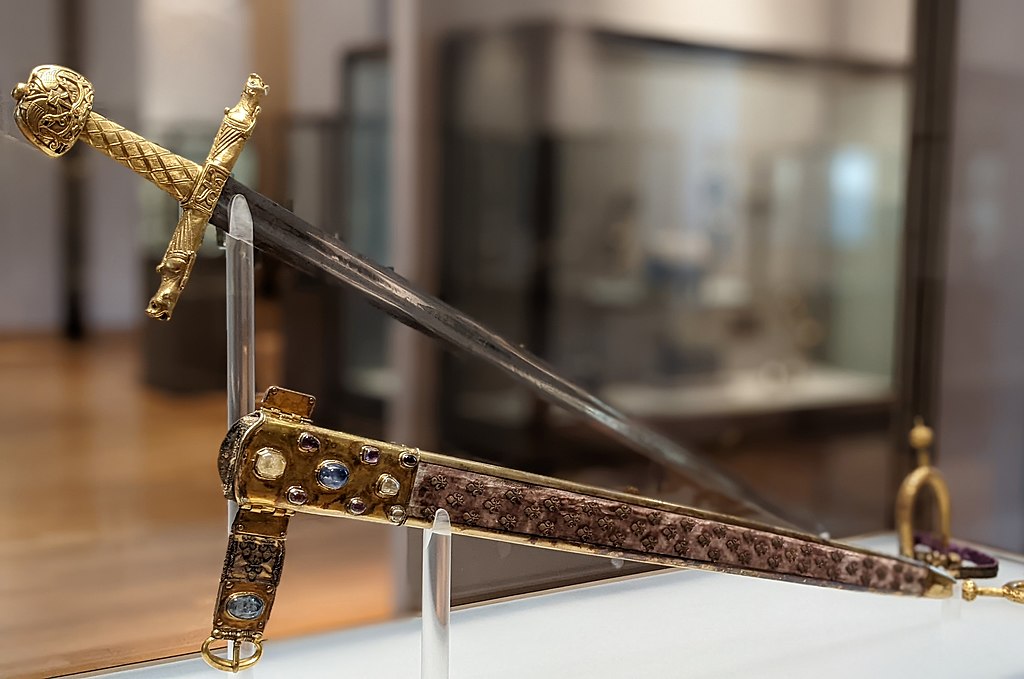
Charlemagne, the King of the Franks, wielded a sword that became a symbol of his empire. Known as “Joyeuse,” this weapon was said to be used in several battles and even at his coronation as Holy Roman Emperor. The sword was beautifully decorated with gold and jewels, adding to its significance as both a weapon and a symbol of power. Some even believe the sword possessed magical properties, though its true origins remain unclear.
Joyeuse is now preserved in the Louvre Museum in Paris, where it serves as a reminder of the mighty ruler. Over time, the sword became one of the most famous relics of the medieval period. The craftsmanship of the sword reflects the artistry of the time, blending both utility and beauty. It is a significant piece of history, holding the legacy of a leader who shaped much of Europe.
The Sword of the Samurai
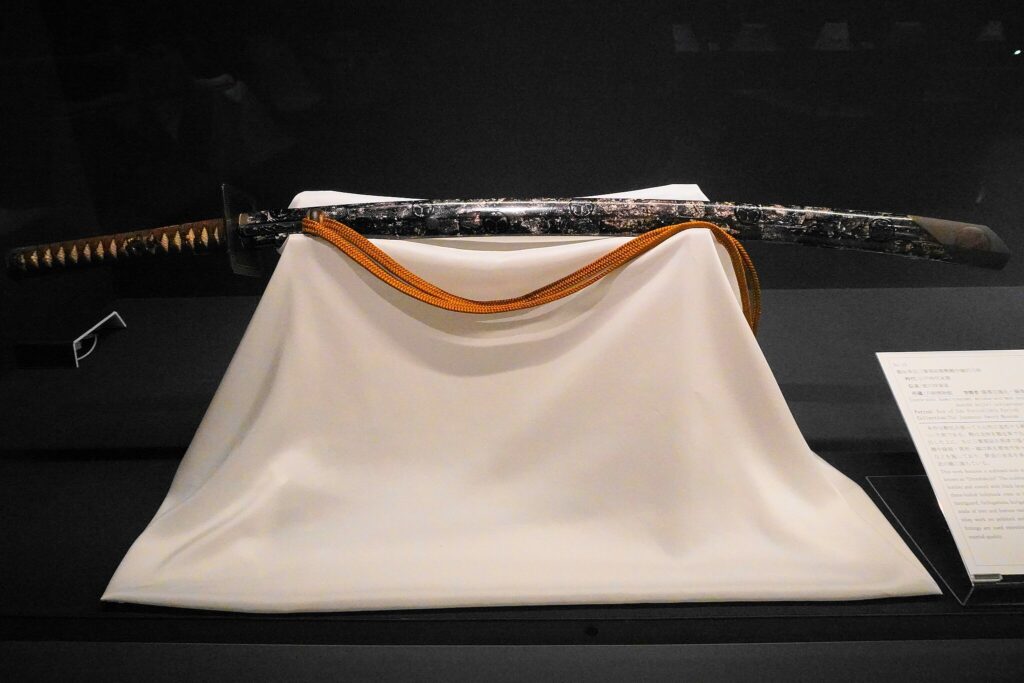
Samurai warriors were known for their distinct katana swords, which were highly prized for their sharpness and craftsmanship. These weapons were not only tools of war but also symbols of honor and discipline. The katana was traditionally passed down through generations, often becoming a treasured family heirloom. The craftsmanship of each sword was considered a form of art, with some katana blades believed to be capable of cutting through multiple opponents with a single strike.
The katana’s design is known for its curved blade and hand-forged steel, which required master blacksmiths to create. These swords were central to the samurai code of Bushido, which emphasized loyalty, honor, and duty. Over time, the katana became more than just a weapon, as it was a reflection of the samurai’s way of life. Many katana swords are still preserved today, with collectors and museums valuing them for their historical importance.
The Kukri of Nepal
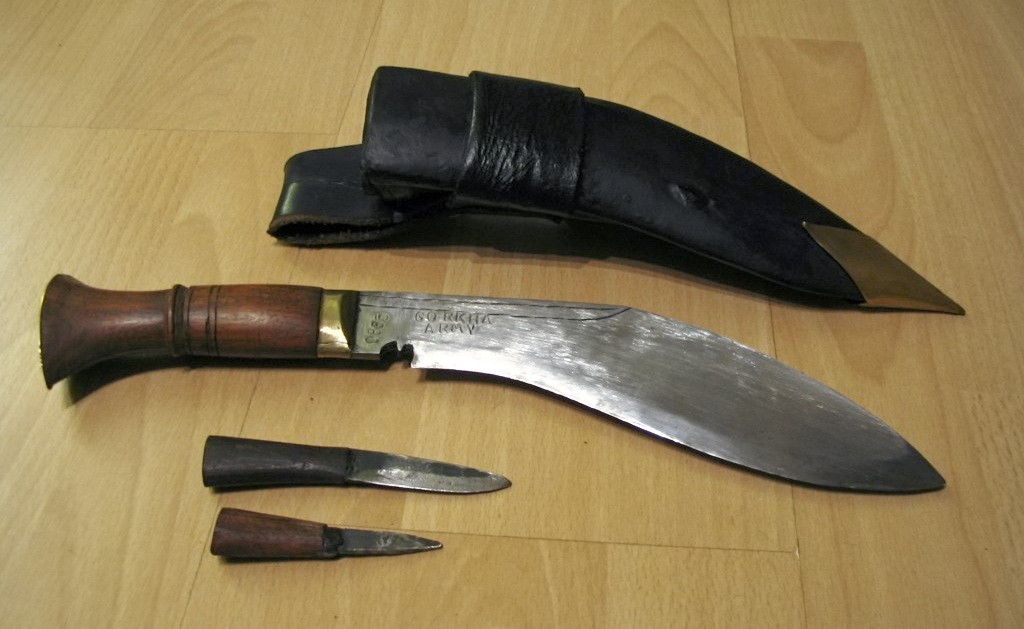
The kukri is a traditional Nepali blade that has been used for centuries, notably by the Gurkhas, the legendary soldiers of Nepal. This weapon has a distinct curved shape, making it highly effective for both combat and utility purposes. It is often seen as a symbol of the bravery and resilience of the Gurkha soldiers. The kukri is designed to deliver powerful strikes, making it a versatile weapon in battle and a tool for everyday tasks.
The Gurkhas carried the kukri with pride, and it has been passed down through generations as part of their heritage. Over the years, the kukri has become an iconic symbol of Nepali culture, recognized around the world. Its design, while simple, packs a lot of functionality into a small, effective weapon. The kukri remains an important part of the military history of Nepal, representing the strength and courage of the Gurkha people.
The Scimitar of the Ottoman Empire
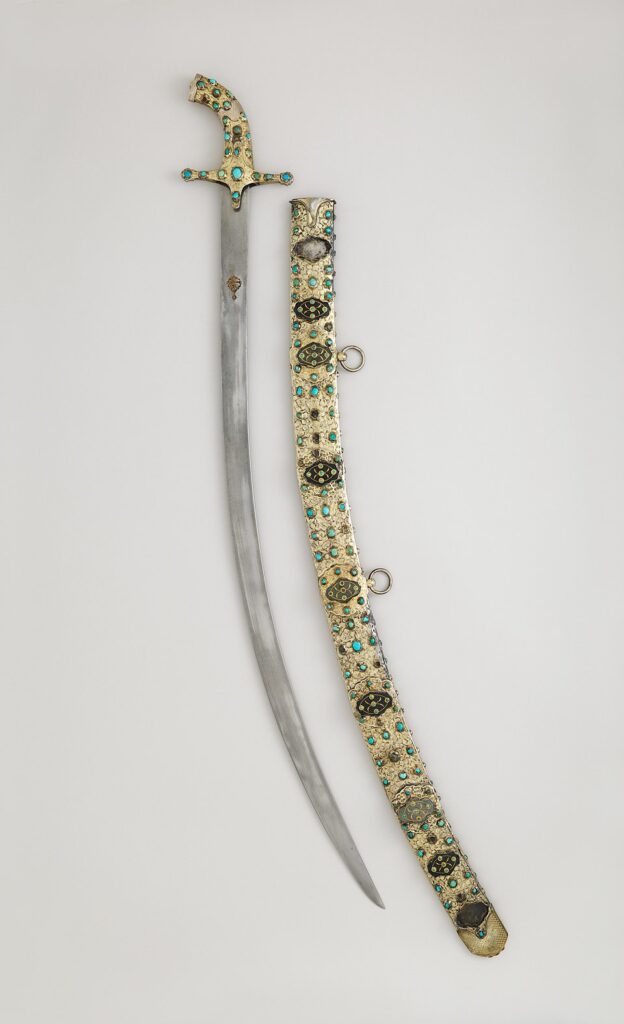
The Ottoman Empire was known for its skilled warriors, and the scimitar was one of their most iconic weapons. The curved blade of the scimitar made it ideal for mounted combat, allowing the wielder to deliver powerful slashing strikes. This weapon was not only a tool of war but also a status symbol for the elite warriors of the empire. The scimitar’s design allowed for greater maneuverability and speed in battle, making it a favored weapon among the Ottoman cavalry.
Ottoman scimitars often featured elaborate designs, with inlaid metals and intricate handles. These weapons were highly prized, and owning one was considered a mark of prestige. The scimitar’s legacy extends beyond the Ottoman Empire, as it has been adopted by various cultures throughout the Middle East and beyond. Today, scimitars can be found in museums and collections, serving as a reminder of the Empire’s power and influence.
The Sabre of the Cossacks
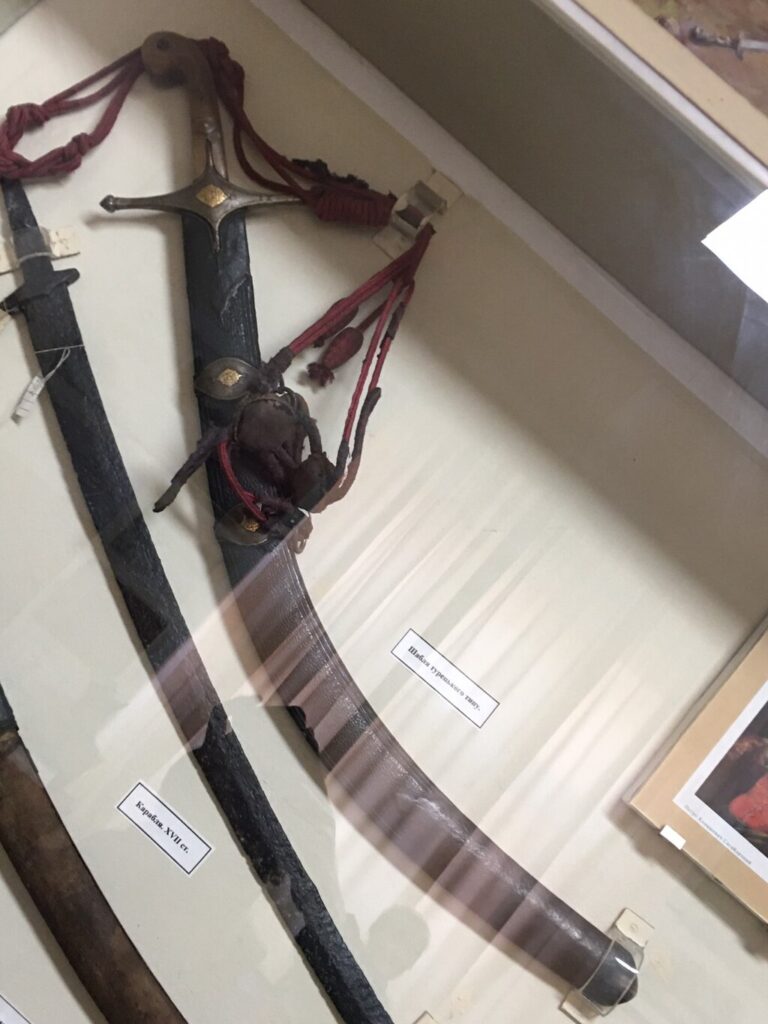
Cossacks, the fierce and skilled horsemen of Eastern Europe, were known for carrying sabres as part of their fighting gear. The sabre was a one-edged, curved weapon that allowed for swift, deadly slashes during combat. It became a symbol of the Cossacks’ military prowess and cultural pride. The weapon was used for centuries, in both battle and as a tool for survival in the harsh terrains of the steppe.
The sabre’s design made it perfect for use in close combat, and it was favored for its ability to cut quickly and efficiently. Many Cossacks wore their sabres proudly, as it was a vital part of their identity. Today, these sabres are often seen as symbols of Cossack heritage, displayed in museums and private collections. They are treasured for their historical significance, as well as their craftsmanship.
The Lance of the Knights Templar
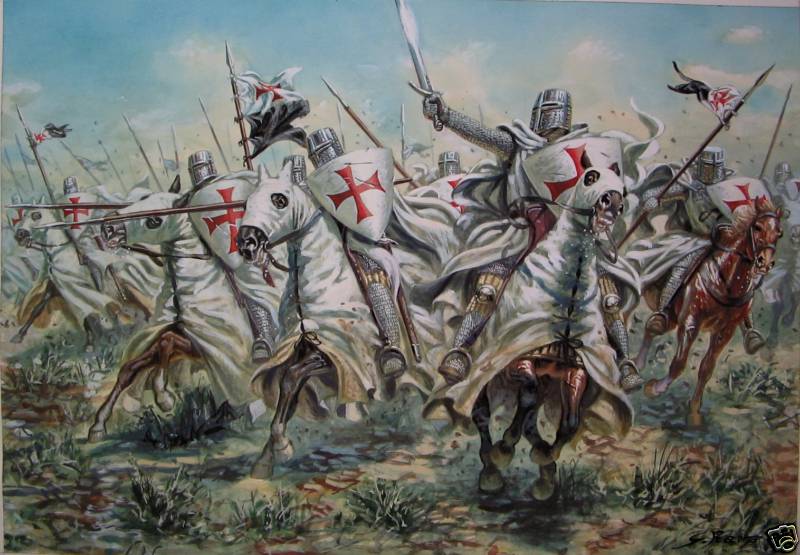
The Knights Templar, a medieval order of knights, were known for their use of the lance, a weapon that symbolized their devotion to their cause. The lance was primarily used in jousting and battlefield combat, allowing knights to deliver powerful, focused strikes. The Templar knights were often depicted with their lances in battle, as it was a symbol of their strength and commitment to their religious and military duties. The lance was not just a weapon but a representation of the knight’s status and honor.
Templar lances were often ornately designed, with decorated tips and handles that reflected the wealth and influence of the order. Their use was crucial during the Crusades, where knights relied on the lance’s speed and power in close combat. Today, the lance is still a symbol of chivalry and knighthood, often seen in medieval reenactments and collections. It continues to inspire stories of honor, bravery, and the mystique of the Templars.
The Battle Axe of Viking Chiefs
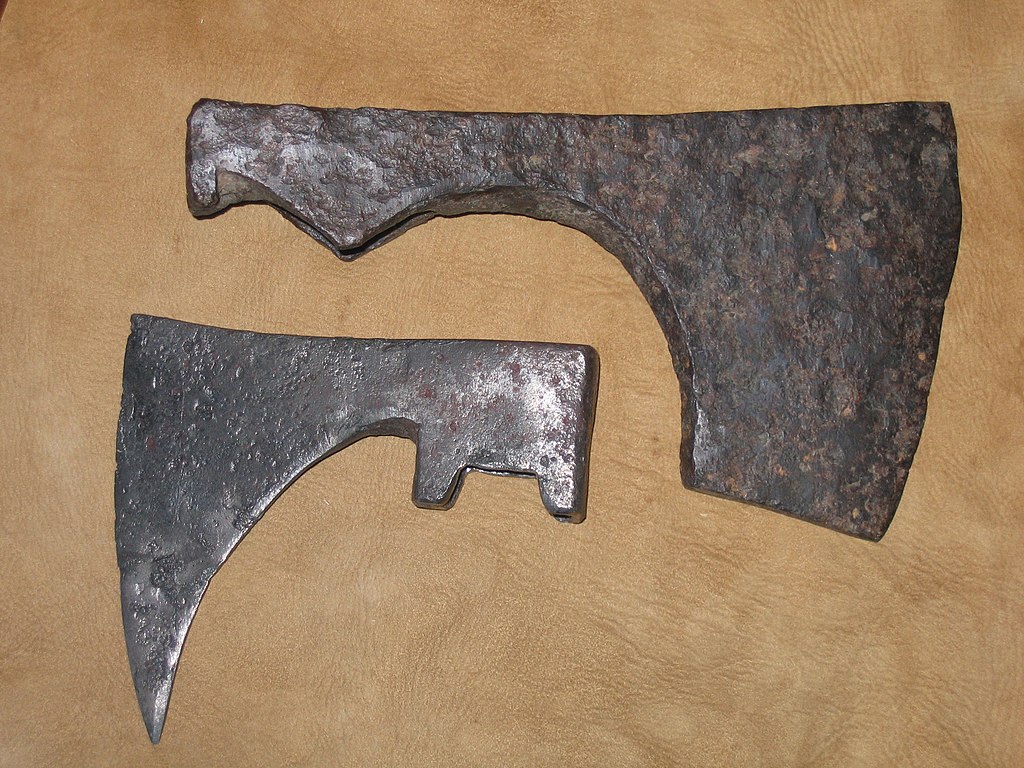
The Vikings were known for their ferocity in battle, and the battle axe was one of their most important weapons. Viking chiefs and warriors carried large, heavy axes designed for quick, powerful strikes. These axes were used both in hand-to-hand combat and for throwing, making them versatile tools in battle. The Viking battle axe became a symbol of the tribe’s strength and courage.
The axe’s design varied, but most were made with sharp, durable heads and sturdy wooden handles. These weapons were often passed down through generations, with some bearing intricate carvings that told stories of the warrior’s lineage. Viking battle axes are now highly sought after by collectors and historians for their craftsmanship and connection to Viking history. They represent a time of exploration, conquest, and survival.
The Halberd of the Swiss Guard
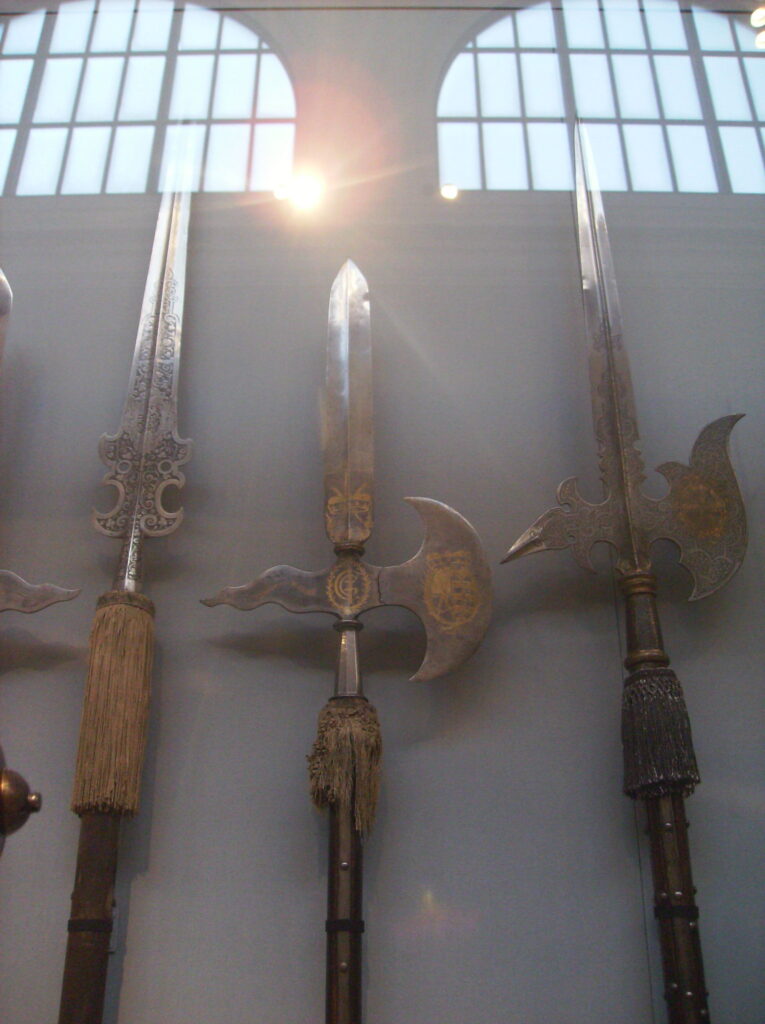
The Swiss Guard is known for its distinctive uniform and the halberd it carries as part of its ceremonial role. The halberd, a pole weapon with an axe-like blade and spear tip, was historically used for both combat and defense. Swiss Guard halberds were a symbol of both the Swiss mercenaries’ combat skills and their loyalty to the papacy. These weapons are still used in ceremonial duties today, adding to the rich tradition of the Swiss Guard.
The halberd is both functional and symbolic, with each piece crafted to represent the guard’s role in protecting the Vatican. It is an iconic weapon, often seen in photographs and during official events. The Swiss Guard’s halberd serves as a testament to the historical significance of the guard’s service. It is one of the most recognizable weapons used in a modern ceremonial role, linking the past with the present.
This article originally appeared on Avocadu.
